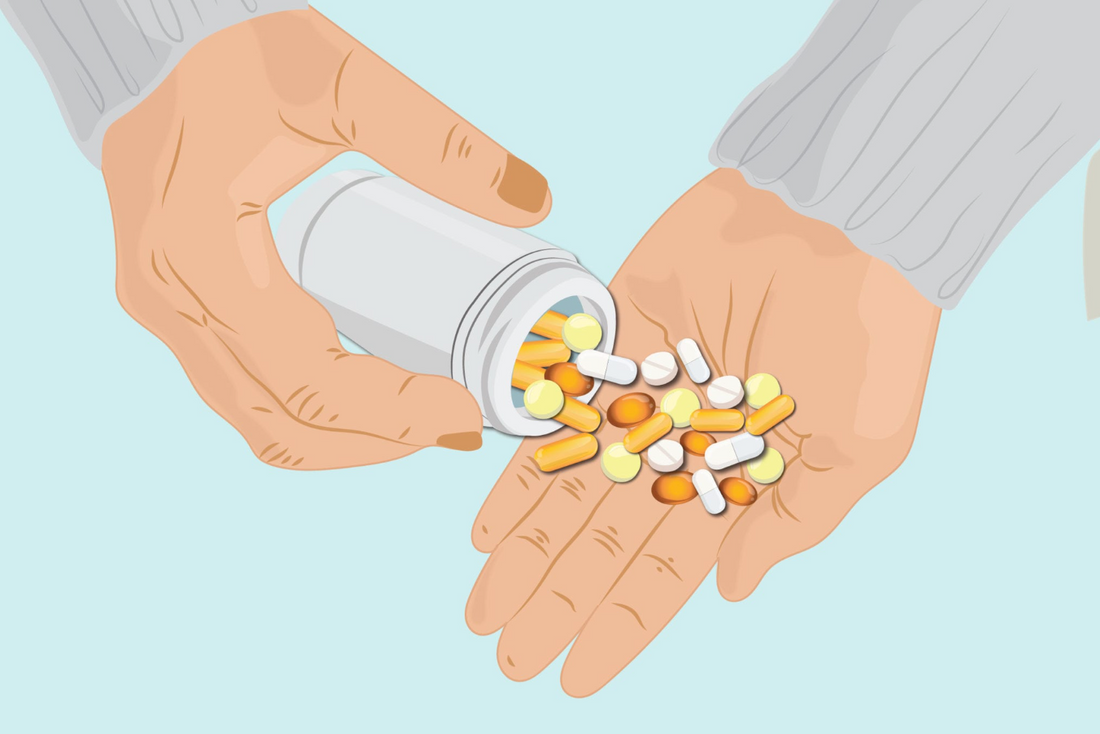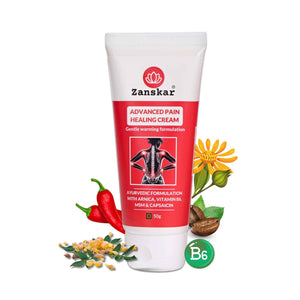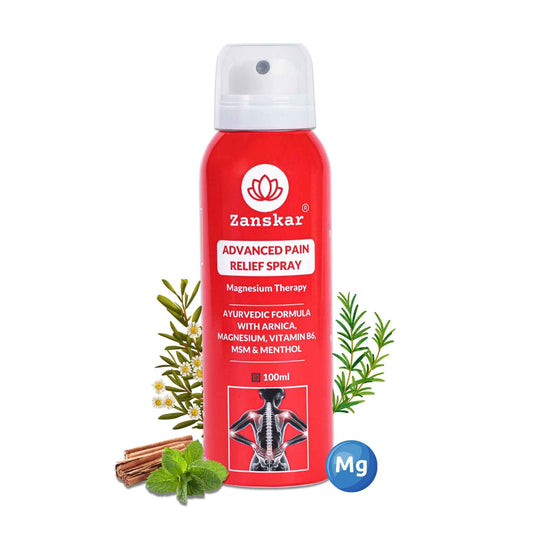
7 common medicines that cause Joint and Muscle Pain as side effects

Muscle pain and weakness, along with joint pain and other musculoskeletal issues, are among the most prevalent health concerns. Persistent muscle and joint pain might be attributed to chronic health conditions. However, certain medications can also contribute to these symptoms. Below, we'll discuss 7 common medicines that can lead to muscle pain or joint pain.
1. Statins – These are cholesterol-lowering drugs often linked to muscle and joint pain. The impact of higher doses on muscle pain is unclear, but lowering the dose can help, so consult your prescriber before making changes. Muscle pain often resolves on its own, but persistent pain may require switching to a statin with fewer side effects. Women, people over 65, and those with conditions like diabetes are at higher risk for statin-related muscle problems.
2. Antibiotics (levofloxacin, ciprofloxacin) – Prescribed for sinus infections and pneumonia, these cause muscle pain and inflammation in about 14% of those taking it, especially those over 60. A lot of research shows that fluoroquinolone use is associated with tendon injuries, muscle pain, and joint pain.
3. Blood pressure medication – Some BP medications, known as beta-blockers, are prescribed to lower blood pressure by relaxing the tension in blood vessels and heart cells. Unfortunately, a small percentage of those who take these medications experience joint and back pain. If the pain becomes too intense, discuss with your physician other options, such as diet and exercise, that can help you to lower your blood pressure naturally, without medication.
4. Isotretinoin – This treatment for severe, nodular acne is a form of Vitamin A that can only be prescribed by a physician when all other treatment options have failed. While the list of side-effects this drug has is extensive, it is also notorious for causing mild to severe joint and muscle pain in the later stages of treatment. Thankfully, the treatment period is limited to four months and symptoms typically resolve once the medication is stopped.
5. Pregabalin – Gabapentinoids are anticonvulsant drugs typically used to treat epileptic seizures. It is also used for nerve pain related to certain conditions such as peripheral neuropathy, fibromyalgia, shingles, spinal cord injuries, and other neuropathic pain. Pregabalin, a common gabapentinoid, has quite a list of side-effects as well, and muscle and joint pain can be experienced by some patients who take the drug.
6. Steroids – Oral corticosteroids (commonly called just “steroids”) are a broad group of medications that relieve swelling, pain, and inflammation. But there are several side effects associated with long-term use of steroids such as prednisone and dexamethasone. One side effect associated with long-term use of steroids is “steroid-induced myopathy.” It typically affects pelvic muscles and presents as muscle weakness without pain. High dose steroids can also cause tendon injuries. Besides, they are also known to cause a condition called avascular necrosis, which is a disruption in blood supply, typically to a hip or shoulder joint.
7. Aromatase Inhibitors – These are medications to treat or prevent prevent breast cancer from returning. Joint pain is the number-one reason people stop taking aromatase inhibitors, with up to 50% of people experiencing joint pain within the first year of starting their medication. Symptoms don’t usually start right away, though. They may occur about 2 months or longer after starting your medication.
How can you manage joint or muscle pain from medications?
The best way to manage joint and muscle pain from medications depends on several factors, including why you’re taking the medication and how severe your muscle- and joint-related symptoms are.
Before attempting to manage joint and muscle pain on your own, talk to your doctor. They’ll evaluate your symptoms and consider why you’re taking the offending medication in the first place. Then, you can weigh your options for how to proceed. Some possible solutions to joint and muscle pain include:
- Decreasing your dose. In some cases (such as with statins) reducing your dose can help relieve muscle aches and pains. But don’t make changes to the dose of your medication without talking to your doctor first.
- Switching to another medication. If your joint and muscle problems are severe, and/or your medication isn’t considered absolutely necessary, your doctor may recommend an alternative medication you can take that’s less likely to cause muscle and joint pain.
- Non-medication treatment options. Your can get relief applying a hot compress to the affected muscle. Regular exercise can also improve joint mobility and strengthen your muscles.
- Medications to relieve pain. Consider topical OTC pain relievers for relief from excruciating pain.
Learn More About Zanskar Health
If you have joint or muscle pain that makes it hard to move, Zanskar offers the most advanced full stack pain relief solutions for you.
Now available to purchase, Zanskar® Advanced Pain Care Products have a unique formulation of natural bioactive ingredients and provide lasting relief from muscle and joint discomfort that you can feel good about. Get your fix before stocks run out - buy now.
You can also gain access to therapeutic exercises and stretches for your condition by downloading the Zanskar Health physiotherapy mobile app. Additionally, you’ll have a personal care team to guide, support, and tailor our program to you, including behavioral and nutritional coaching.
Download our mobile app here 👉 download and track your exercise streak.
Medical Review: This article is written by Dr Nishtha Mittal (Senior Health Content Editor at Zanskar Health) and has been medically reviewed by the medical team at Zanskar Health. This article and its contents are provided for educational and informational purposes only and do not constitute medical advice or professional services specific to you or your medical condition.







